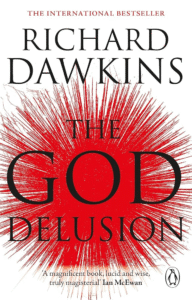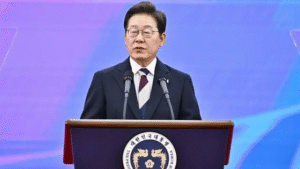The Contested Canvas: Exploring Beauty, Identity, and Connection in Zadie Smith’s On Beauty

A Contemporary Reimagining of Forster’s Themes
Zadie Smith’s On Beauty, a vibrant and intellectually stimulating novel, serves as a contemporary reimagining of E.M. Forster’s Howards End, transplanting its themes of class, intellectualism, and the search for connection to the diverse and politically charged landscape of early 21st-century America and England. Through the intertwined lives of the Belsey and Kipps families, Smith crafts a nuanced and often humorous exploration of beauty in its myriad forms – aesthetic, intellectual, moral, and familial – while simultaneously grappling with the complexities of identity, cultural divides, and the enduring human need for understanding.
The Intellectual Clash and Shifting Perspectives on Beauty
The novel’s central conflict revolves around the academic and personal rivalry between two patriarchs: Howard Belsey, a white, liberal professor of art history teetering on the edge of professional irrelevance, and Monty Kipps, a conservative black intellectual whose sharp critiques challenge Howard’s worldview. This intellectual sparring match, which initially defines their relationship, becomes a catalyst for a series of interconnected events that expose the fault lines within their families and the broader societal landscape. Smith masterfully uses their contrasting ideologies and approaches to beauty – Howard’s focus on the aesthetic and Monty’s emphasis on moral and intellectual rigor – to question the very definition of the term and its subjective nature. Is beauty solely in the eye of the beholder, or are there inherent truths and values that underpin it?
Navigating Identity and Connection Across Generational Divides
Beyond the intellectual debates, On Beauty delves deeply into the personal lives of the Belsey children – Jerome, Zora, and Levi – and their evolving relationships with the Kipps family. Their youthful explorations of identity, sexuality, and political engagement often clash with their parents’ established beliefs, highlighting the generational shifts and the fluidity of contemporary social norms. Jerome’s infatuation with Victoria Kipps, Zora’s burgeoning activism and connection with Carl Thomas, and Levi’s burgeoning interest in hip-hop culture all serve as lenses through which Smith examines the complexities of race, class, and cultural appropriation. These relationships are not simply romantic entanglements but rather explorations of how individuals navigate difference and seek connection across seemingly insurmountable divides.
The Multifaceted Nature of Beauty: Beyond the Aesthetic
The concept of beauty extends beyond romantic or aesthetic ideals. Smith meticulously portrays the beauty found in intellectual discourse, even amidst disagreement. The sharp wit and insightful arguments exchanged between Howard and Monty, despite their animosity, reveal a shared passion for ideas and a certain respect for intellectual prowess. Similarly, the novel explores the often-messy beauty of familial bonds. The Belseys, despite their internal conflicts and individual flaws, exhibit a deep-seated love and loyalty, a testament to the enduring power of family even in its most imperfect forms. This portrayal challenges a simplistic notion of beauty, suggesting that it can reside in the complexities and imperfections of human relationships.
Confronting Ugliness and Hypocrisy Alongside Beauty
However, Smith does not shy away from exposing the ugliness that can coexist with beauty. The novel unflinchingly confronts issues of racial prejudice, intellectual arrogance, and the hypocrisy that can permeate even the most well-intentioned liberal circles. Howard’s self-absorption and intellectual snobbery, Monty’s rigid conservatism and occasional condescension, and the various instances of cultural misunderstanding all contribute to a nuanced portrayal of human fallibility. This juxtaposition of beauty and ugliness underscores the novel’s central argument that true understanding requires acknowledging the complexities and contradictions inherent in individuals and society.
The Enduring Quest for Connection in a Fractured World
Ultimately, On Beauty is a novel about the search for genuine connection in a world often fractured by ideological differences and cultural misunderstandings. Through the intricate web of relationships and the insightful exploration of its central themes, Smith suggests that true beauty lies not in superficial appearances or rigid ideologies, but in the willingness to engage with difference, to acknowledge the complexities of human experience, and to find moments of shared understanding and empathy amidst the chaos. The contested canvas of beauty, as depicted in Smith’s masterful prose, becomes a metaphor for the ongoing human endeavor to find meaning and connection in a world that is both beautiful and flawed.




















